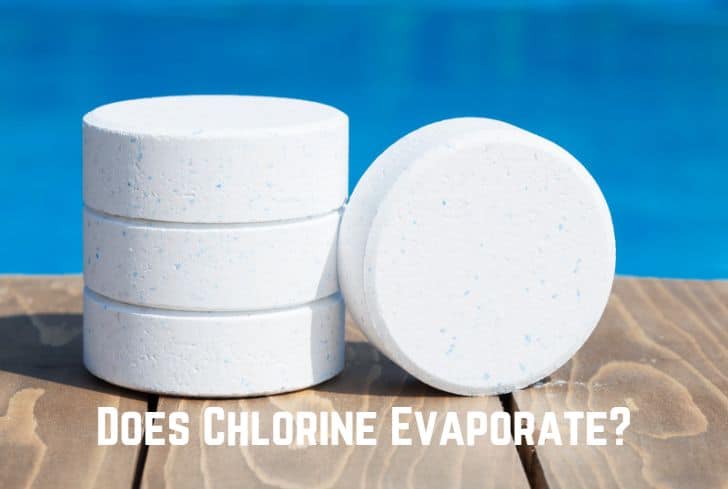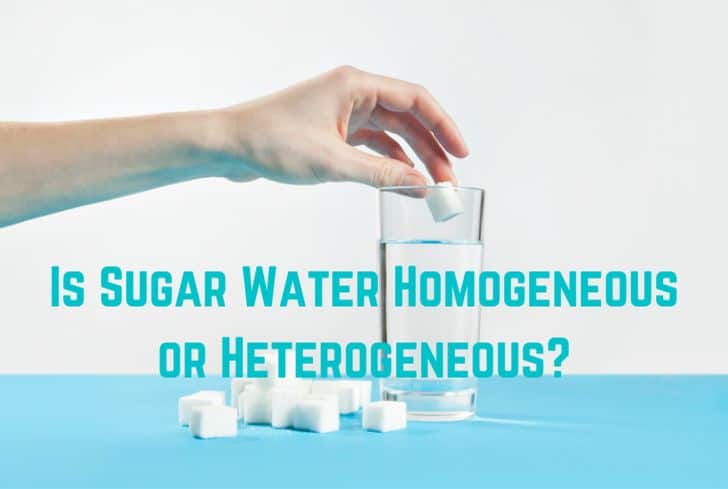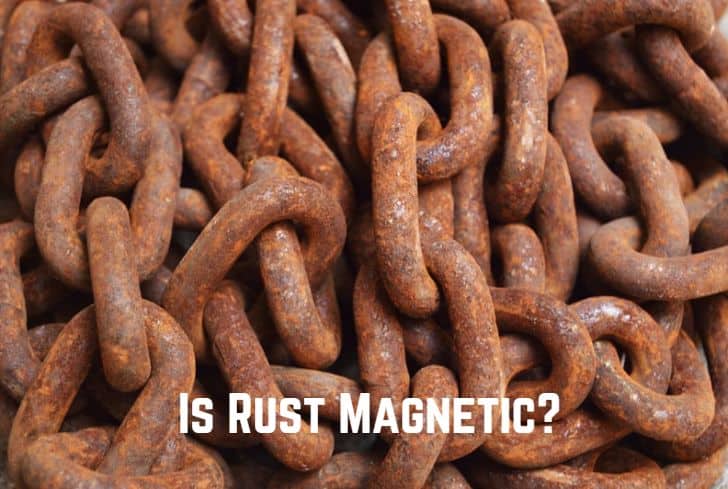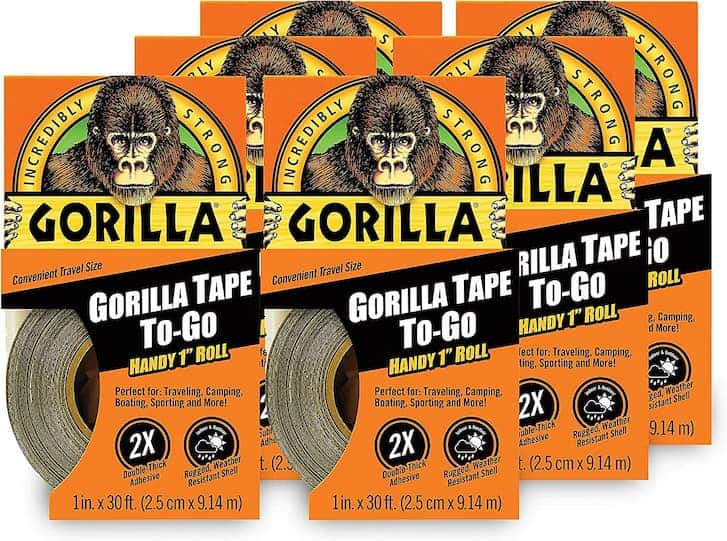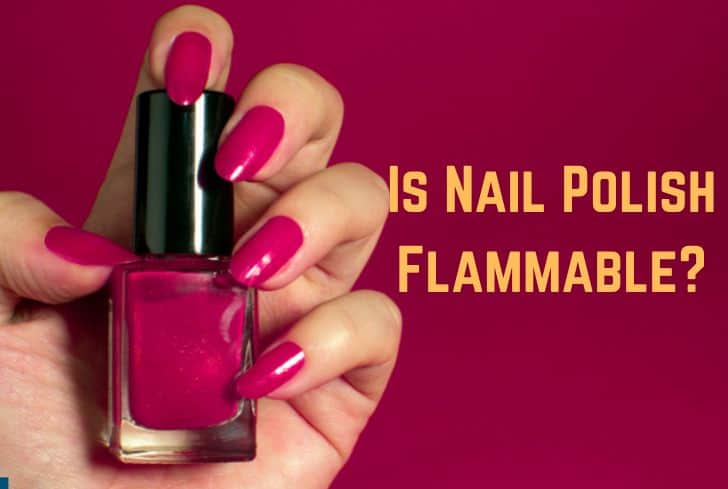Does Iron Conduct Electricity? (Yes. It Does)

According to a hypothesis, the earth’s core is primarily iron, nickel, and sulfur. In terms of mass, it ranks as the fourth most abundant element in the earth’s crust. Iron is also quite common in most sectors, from the hulls of enormous ships to household utensils. It has special properties, but does iron conduct electricity?
In this article, we will provide an in-depth answer to your question. Furthermore, we will also discuss whether iron oxide conducts electricity, if iron conducts heat, is malleable, is a pure substance, and various factors affecting its conductivity. Finally, we list iron’s properties and uses.
Read: Does Platinum Conduct Electricity?
Does Iron Conduct Electricity?
Iron is a good conductor of electricity but not as good as copper or aluminum. Iron is commonly used in electrical wiring and power distribution systems but is not as efficient as other metals. However, iron is much cheaper and more abundant than copper or aluminum, which makes it a popular choice for many applications.
Does Iron Oxide Conduct Electricity?
Iron oxide, commonly known as rust, does not conduct electricity. Since it is an ionic compound, its ions remain fixed in place and cannot move when the substance is solid. Thus, they cannot carry an electric charge from one location to another. Iron oxide ions can carry an electric charge and are mobile in liquid or when it dissolve in water.
So, how do ionic compounds come into being? Here is a simple process:
- When a metal atom (Fe) gives electrons to a non-metal (oxygen), ionic compounds form.
- While the metal acquires a positive charge and forms ions, the non-metal acquires a negative charge.
- The two electrically charged ions produce an electrostatic attraction to one another. The ions remain close due to the attraction; this makes the bond an ionic bond.
- Ionic compounds are created when electrons are transferred from a metal to a non-metal.
The flow of charges is measured by a material’s capacity to conduct electricity. As a result, when the charge carriers (ions, protons, and electrons) can move around freely, the material can conduct electricity. Electric charge carriers move in a certain direction when a potential difference applies. The process is known as electrical conduction. Electric current is the name for the directional flow of electric charge.
Iron oxide forms when water (a catalyst) is present during the interaction of iron and oxygen. Various iron oxides and iron hydroxides form when the iron is oxidized.
Does Iron Conduct Heat?
Iron conducts heat. Because of its metallic bonds, electrons can flow easily between atoms. Delocalization is the process whereby electrons can move about freely. Eight valence electrons in iron vibrate and conduct heat. The heat energy picked up from the environment is carried and transmitted from one point of matter to another by the free electrons.
Heat energy is transmitted to the nearby particles when the free electrons vibrate. Due to their proximity to one another, iron atoms are better able to transmit heat vibrations. With little to no resistance at high temperatures, the free electrons transfer heat energy from one place to another.
Is Iron Malleable?
Iron is highly malleable. Due to the presence of delocalized electrons in its atomic structure, it becomes easier to establish chemical bonds. When a force is exerted on iron, the freely moving electrons shift and slip past each other. But the metallic bonds don’t break. Hence iron can be hammered into thin sheets without damage occurring.
When subjected to compressive stress, iron becomes malleable. The process of annealing, which raises the temperature of white iron casting to 1650°F (900°C), results in malleable iron. The above process causes iron to produce irregularly shaped, tiny carbon particles. Though malleable, the carbon causes iron to become stronger.
There are three varieties of malleable iron.
Whiteheart malleable iron
A type of iron that is carefully cooled down after being heated to a high temperature. The annealing process makes the iron malleable (able to be bent and molded without breaking). Iron boasts good machinability since it can be cut, drilled, and easily shaped.
It is also known as white iron because it has a white color and smooth surface texture. Agriculture equipment like plows and cultivators are made from white heart malleable iron.
The whiteheart iron is also used in making scaffolding and support structures for the construction industry. White heart malleable iron also makes brake calipers and suspension parts.
Blackheart malleable iron
This specific form of iron is produced by melting iron and combining it with other alloys like silicon and carbon. The method creates a strong, flexible material that can withstand high temperatures. But cutting, drilling, and shaping is challenging because it is also brittle and weak.
The malleable iron of Blackheart has a rough, tinted black surface. It produces kitchenware and automobile components, including cylinder heads and engine blocks. It helps in the manufacture of pipes and fittings for the building industry.
Pearlitic malleable iron
It processing involves reheating white iron to 1652°F (900°C) for a specific period. Reheating causes part of the carbon dissolved in austenite to create pearlitic malleable iron, solidifying upon cooling. Hence, any malleable iron with carbon in its matrix is called pearlitic malleable iron.
Pearlitic malleable iron has minimal carbon components. It is harder, stronger, and more resistant to abrasion. Hence, pearlitic malleable iron mainly produces abrasion-resistant parts for agricultural machines and motive power machinery.
Is Iron a Pure Substance?
Iron is a pure substance, as its chemical composition is constant throughout. Since iron is an element, it forms independently, devoid of other materials. Additionally, it cannot be broken down into smaller elements by any physical or chemical processes. Iron is made up of only one type of atom. Pure substances such as iron have fixed boiling and melting points.
However, we don’t use iron in everyday life. The most common is iron ore, which produces oxides. Iron is often mixed with carbons and other elements in industrial applications to produce iron alloys like steel or cast iron. Since alloys comprise various elements, they are not pure substances.
Factors Affecting Iron’s Conductivity
The ability of a material to conduct heat or electricity is measured by its conductivity. Iron’s atomic structure has a significant impact on conductivity. The iron atomic structure has electrons that are free to move about. The following points out a few factors that influence the conductivity of iron.
Temperature
Iron’s electrical conductivity reduces as temperature/heat energy rises. The resistance of iron material rises with temperature and prevents the flow of charges. Due to the increasing heat, the electrons become more agile, flowing erratically and obstructing the conductor’s current flow channel.
Impurities
When impurities interfere with the atomic structure of iron, its conductivity is affected. Impurities disrupt the flow of delocalized electrons reducing iron’s ability to conduct electricity.
Introducing other elements to iron improves its properties. However, their presence changes iron’s electron structure, decreasing its conductivity.
Structure
At room temperature, iron has a body-centred cubic (BCC) structure. Iron atoms are organized in a cubic lattice, with one atom in the center and another at each cube corner. Electrons can move, but iron loses electrical conductivity because they scatter.
Pressure
The space between the iron atoms gets smaller when it’s under a lot of pressure. As iron gets denser, more electrons become delocalized. Electric current conductivity increases with the amount of free electrons present.
Properties of Iron
Due to its various properties, iron is a popular choice in many applications. In the table below, we highlight its key properties.
| Iron Properties | Characteristics |
| Physical | -It can produce a powerful magnetic field around it. Iron is a heavy, soft metal. However, when coupled with other elements, it becomes stronger. |
| -Bright, sliver-like, and white in color. | |
| -Durable, lustrous, and malleable. | |
| -Exists in four distinct crystalline forms (alpha, gamma, epsilon and delta). | |
| -Dissolves readily in dilute acids. | |
| -High conductivity of electricity and heat. | |
| Chemical | -Its melting points are 2800.4°F (1538°C) and 5181.8°F (2861°C), respectively. |
| -Iron has a density of 7.8 g.cm-3 at 20°C and an atomic number of 26. | |
| -It has a mass of 55.85 g.mol-1. | |
| -Iron is very reactive and forms compounds such as rust (Fe²O³). |
Uses of Iron
We highlight some of iron’s many uses below because it is a popular material in most sectors and a good conductor of heat and electricity.
- It is used to make iron boxes for pressing clothes.
- The two ceramic plates in your hair straighteners are made of iron.
- Electrical equipment casing is made of iron alloys (steel and aluminum).
- The cast iron cookware for baking, barbecuing, and cooking.
- It is used to produce steel for making reinforced concrete or girders in civil engineering.
- Magnets are made using iron, its alloys, and related compounds.
- It creates alloy steels similar to carbon steel using nickel, vanadium, tungsten, and chromium additions.
- To produce ammonia, the Haber process uses iron as a catalyst.
Read: Does Blood Conduct Electricity?
Conclusion
Only when iron oxide is molten or dissolved in water does it conduct electricity; it does not do so when it is solid. In addition to being malleable and a strong heat conductor, iron is a pure substance. The conductivity of iron is affected by several factors, such as temperature, structure, impurities, magnetic moments, and pressure.
Frequently Asked Questions
Why is iron not used as a conductor?
Because iron has a high electrical resistance compared to other metals like aluminum and copper, it is not used to make electrical cables. Electrical resistance is the difficulty with which current flows.
An unsteady current flow results from the resistance heating the conductors. As a result, most of your electrical appliances won’t function. Another factor is that, in nature, iron is easily corroded by oxygen. It is also extremely brittle.
Is an iron an insulator?
Iron is not an insulator. An insulator is any material that prevents the flow of electricity through it. Iron is a conductor, as are the majority of metals.

